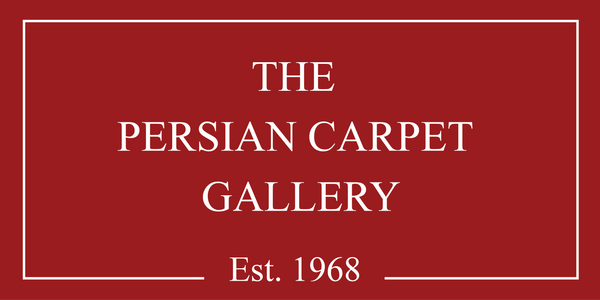Unsure about purchasing a rug online? Try it at home for FREE!
We understand that choosing the perfect carpet from just the images can be challenging. If you're unsure about your choice, simply send the SKU or the link of the carpet to info@pcgaustralia.com or call 1800 2000 28 and we'll make things easier for you with a free home trial Australia-Wide.
Persian Tabriz
Stock No: PE-142-001327
Size(m): 1.17×0.80
The young woman is dressed in a traditional Persian costume. She has the most beautifully embroidered pair of trousers, some slippers, and the dress that she's wearing over it has shades of pink and very light rose colours. There appears to be beads or something like that embroidered. The sleeves are half up near where her elbow is and she has a most picturesque headdress with what appears to be a bowtie, b-o-t-e-h, style of motif at the centre of that headdress which is quite a focal point and that's coloured blue. She's also holding a musical instrument which is undoubtedly a traditional musical instrument from Persia which is very much like a lute. It has the lute shape but it would seem smaller as far as the area where you pick the strings and very much longer as far as the stem, if that's the right word, of the instrument is concerned. There's also a vase and geraniums spilling out of the vase and they're in flower and they're red colours. Can you suggest the cultural significance of such a picture?
In the context of a pictorial rug featuring a tree with blooming roses and a young woman touching its trunk, the symbolism can carry several cultural meanings:
- Love and Beauty:Roses are universally recognized symbols of love and beauty. The depiction of a young woman interacting with a tree adorned with roses may emphasize themes of love, romance, and feminine beauty.
- Nature's Bounty:The presence of blooming roses on the tree can symbolize the abundant and flourishing aspects of nature. It may represent the beauty and richness of the natural world, celebrating the vitality and growth embodied by the tree and the roses.
- Eternal Love or Immortality: Roses, often associated with love, can also symbolize enduring or eternal love. The tree, with its roots firmly grounded, may suggest stability and longevity, adding a layer of symbolism related to everlasting love or immortality.
- Femininity and Nurturing:The image of a young woman touching the tree may signify a connection between femininity and nature. It could represent a nurturing and caring relationship between the woman and the blooming roses, highlighting themes of growth and cultivation.
- Romanticism and Aesthetics:The combination of a young woman, a tree, and blooming roses may evoke a sense of romanticism and aesthetic appreciation. The visual beauty of the roses climbing on the tree could be an expression of the weaver's admiration for nature's splendor.
Interpretations can vary based on cultural nuances, personal perspectives, and the artistic choices of the weaver. The combination of the tree, roses, and the young woman creates a picturesque scene that likely carries a blend of cultural, romantic, and natural symbolism within the context of Persian rug artistry.
The depiction of the young woman in traditional Persian attire, adorned with beautifully embroidered trousers, a dress with shades of pink and light rose colors, and a distinctive headdress with a bowtie motif, reflects a celebration of Persian culture and aesthetics.
- Traditional Attire:The choice of traditional Persian costume, with intricate embroidery and specific color tones, pays homage to the rich textile heritage of the region. It serves as a visual representation of cultural identity and the enduring beauty of traditional clothing.
- Symbolism of Colors: The use of shades of pink and light rose colors, along with the focal blue motif on the headdress, likely holds cultural symbolism. Colors in Persian art often convey emotions, cultural values, or aspects of nature. Pink and rose colors may represent femininity, love, or beauty, while blue can symbolize spirituality or transcendence.
- Musical Instrument:The inclusion of the traditional lute-like musical instrument emphasizes the importance of music in Persian culture. Music has deep cultural roots in Iran, and the instrument's presence may symbolize the harmony and artistic expression inherent in Persian musical traditions.
- Floral Arrangement:The vase with red geraniums spilling out adds a touch of nature to the scene. Red flowers, like geraniums, often symbolize love and passion. The floral arrangement may evoke a sense of beauty, vitality, and the connection between humans and nature.
- Cultural Heritage and Elegance: The overall composition of the young woman, her attire, the musical instrument, and the floral elements creates an image that celebrates the elegance and cultural heritage of Persian art. It captures a moment that transcends time, portraying a harmonious blend of traditional aesthetics and cultural symbolism.
In essence, this pictorial rug not only showcases the weaver's artistic skill but also serves as a visual narrative that honors Persian traditions, beauty, and the interconnectedness of cultural elements.




